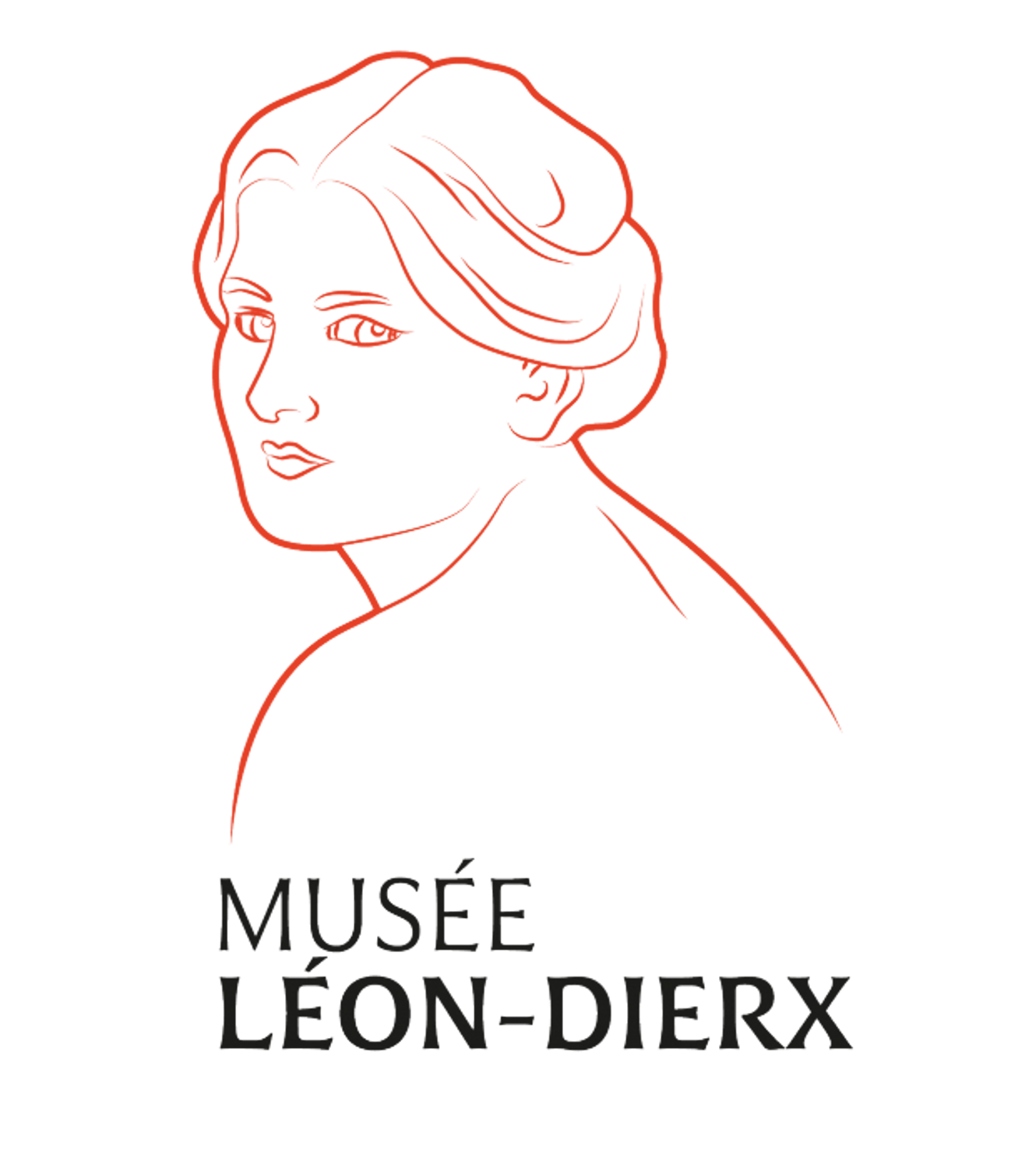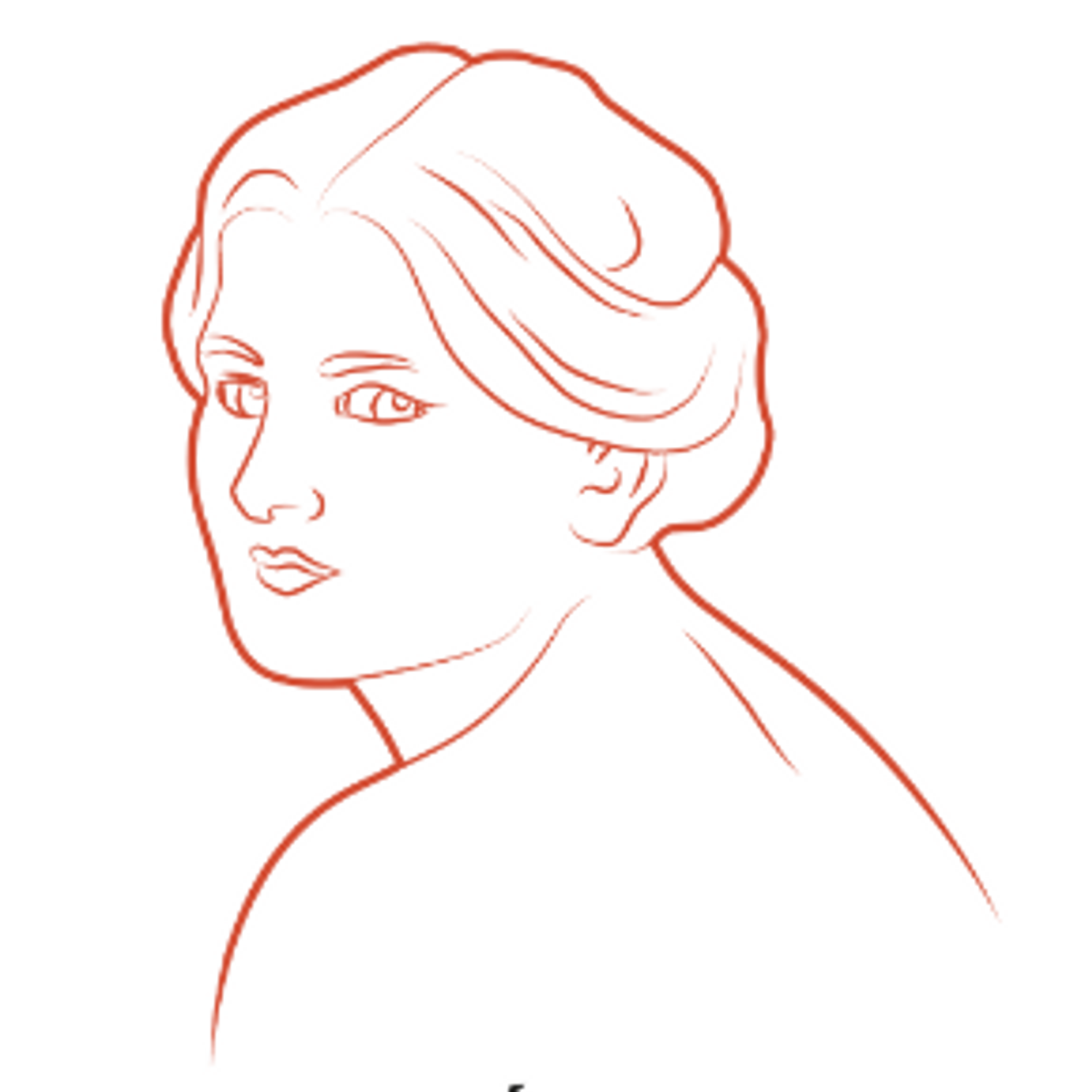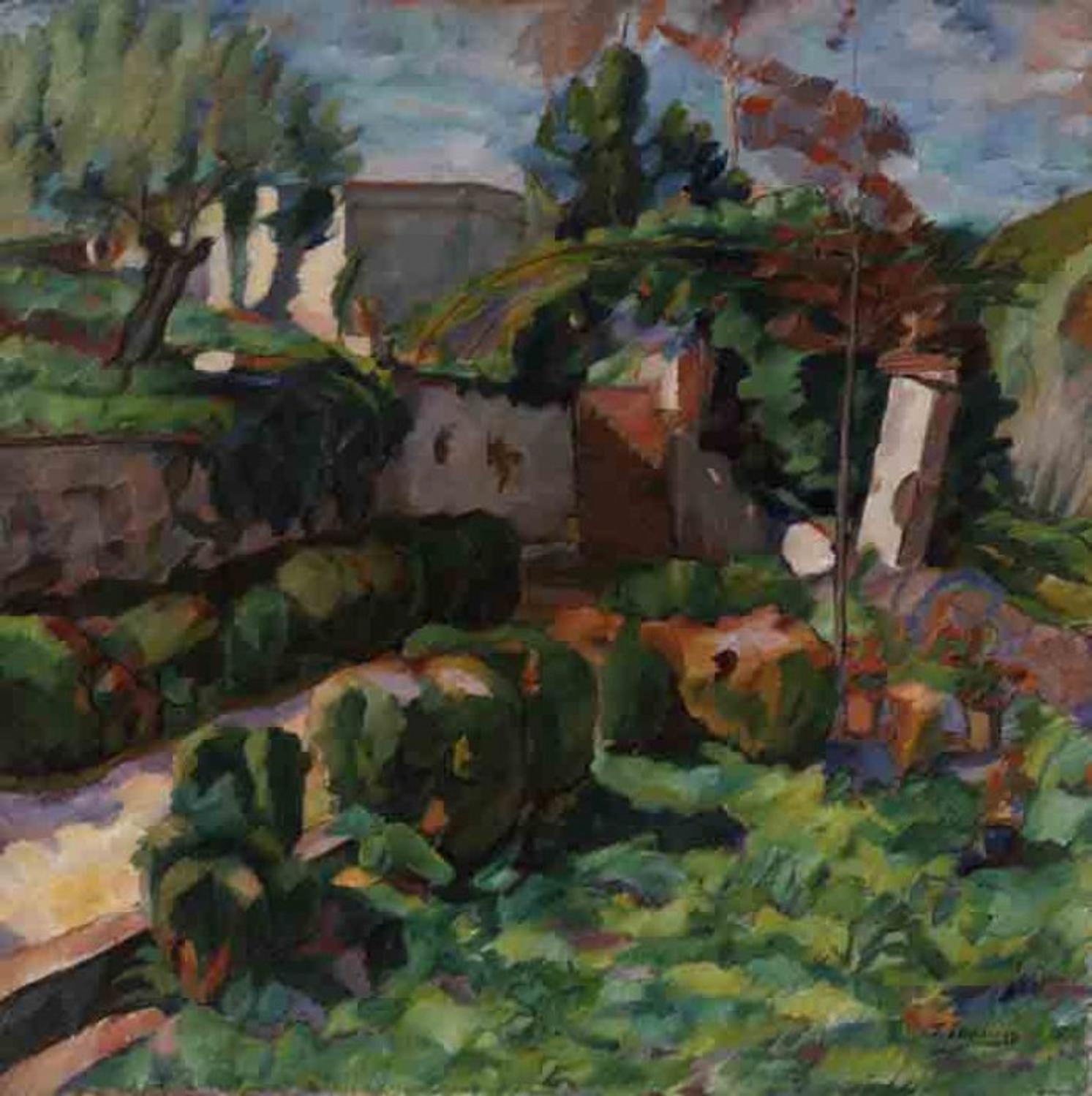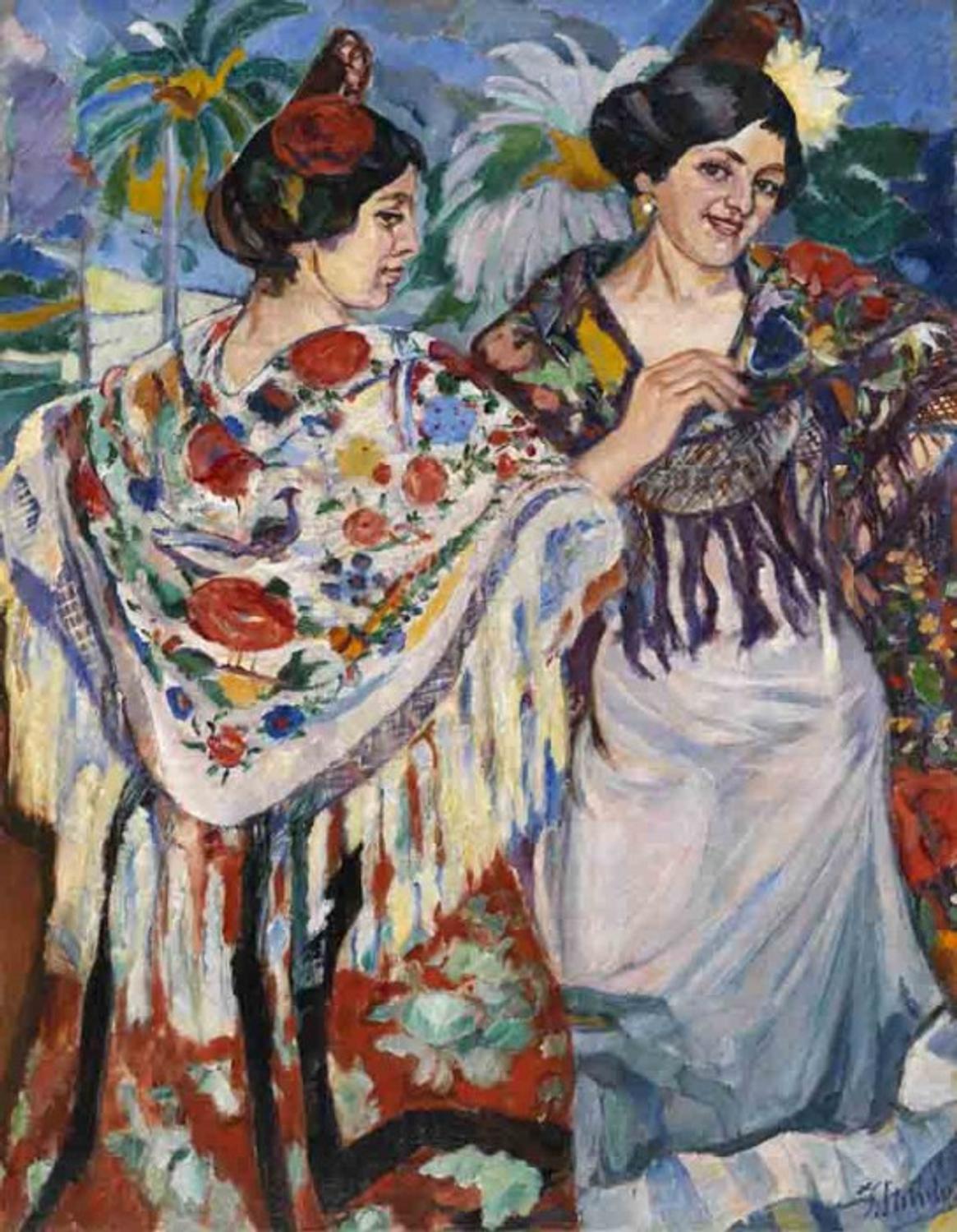THE MASTERPIECES OF THE LEON-DIERX ART GALLERY : Francesco ITURRINO
Francesco ITURRINO
Santander (Spain), 9 September 1864 – Cagnes-sur-Mer, 20 June 1924
After spending his early years in the Basque region, Iturrino was given his first drawing lessons by an uncle who was both a poet and musician. He settled in Liege to study engineering, where he taught himself painting before abandoning his studies. He then lived in Brussels, where he took lessons at the Royal Academy of art. In 1887 in 1890, he discovered the works of Paul Cezanne at exhibitions organised by the "Groupe des XX", an association of Belgian artists promoting national and European avant-garde works in Belgium.
After 1895, Iturrino went to live in Paris. After being noticed by the art dealer Ambroise Vollard, in 1901 he exhibited his works in the dealer’s gallery, next to those of another young Spaniard called Pablo Picasso. Vollard organised four individual exhibitions of Iturrino’s paintings until 1911, when the artist, who often represented Spanish subjects, adopted a very highly coloured palette for his paintings, colours close to those of the Fauvist movement, a group of painters revealed during the 1905 Salon d’Automne.
At the start of the 20th century, he divided his time between the Basque region, France and above all Andalusia. He painted scenes of bullfights, festivals and a large number of portraits of women.
Grand Paysage (Large landscape), Francesco ITURRINO
Around 1900
Oil on canvas
102,5 x 80,5 cm
Inv 1947.01.61
Lucien Vollard donation
The painting Grand Paysage (Large landscape) without any doubt reflects the work of Paul Cezanne through its palette of colours and the complex and planned organisation of the space. The various levels are each treated individually and superimposed with a great deal of clarity, showing a true grasp of the work of the artist from Aix en Provence. The movement and the dynamic brushstrokes applied to the flat areas of colour add to the balance created by the shapes, colours and contrasts.
Whether a Spanish or French landscape, the atmosphere of the South is very much present in this work, with the white stone architecture, flat roof and half-collapsed gateway leading to the house. The colours are those of late summer, with the young leaves on the trees gleaming in the sun and the different tones of green, ochre and red tinting the landscape.
This work was apparently painted around 1900, since it presents the lively and fast brushwork of the Impressionists, transformed by Cézanne and used far less often by Iturrino after the turn of the century.
Iturrino’s paintings after 1900 are indeed very different from his early works, which clearly show the artist’s search for personal expression. With the explosion of Fauvism in 1905, his painting became far bolder and colour predominated in all his works, as we can see in his Espagnoles aux châles (Spanish women with shawls) or Fêtes espagnoles (Spanish festivals), both paintings to be found in the Ambroise Vollard collection at the Léon Dierx art gallery.
Francesco Iturrino, Espagnoles aux châles, sans date, coll. MLD








